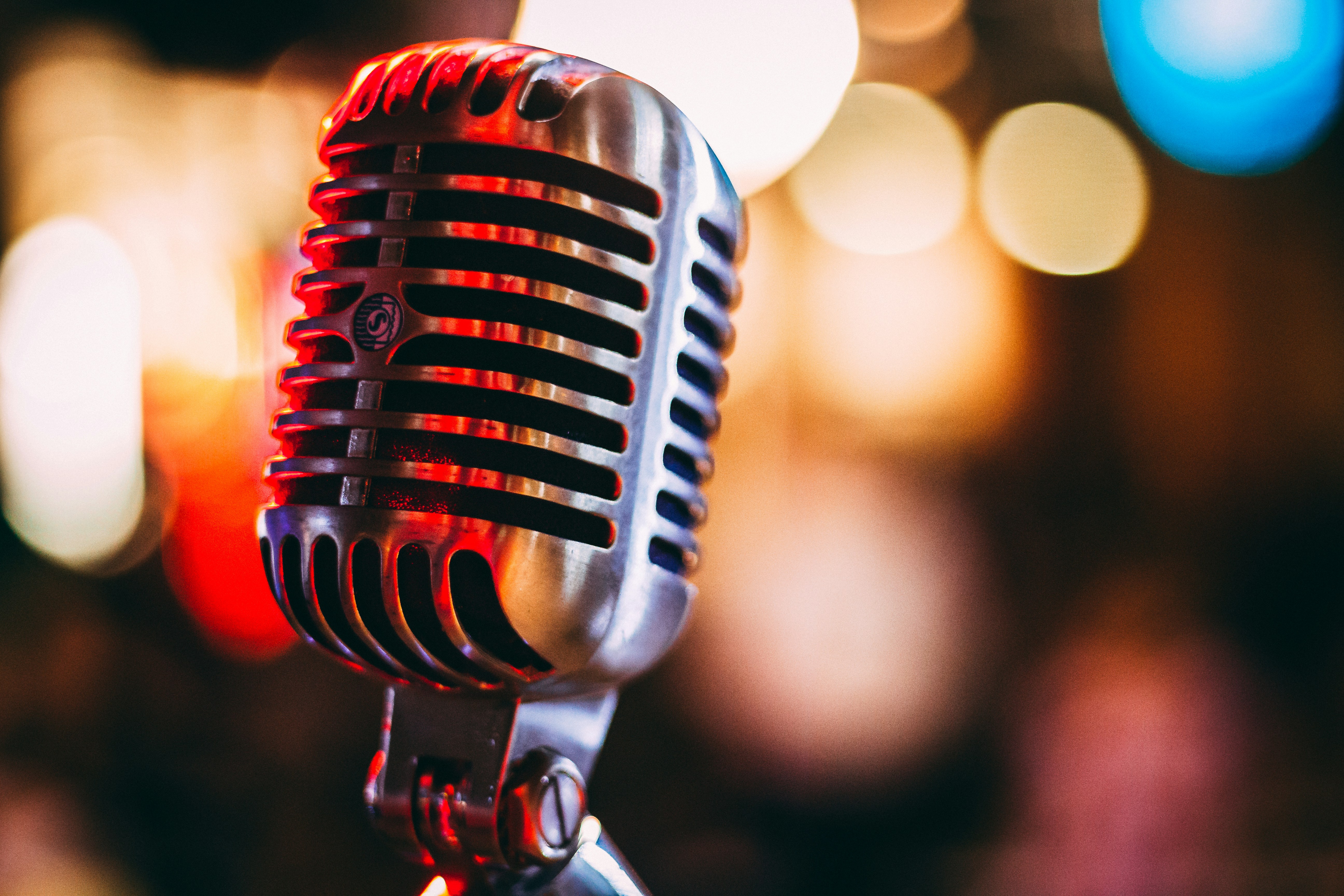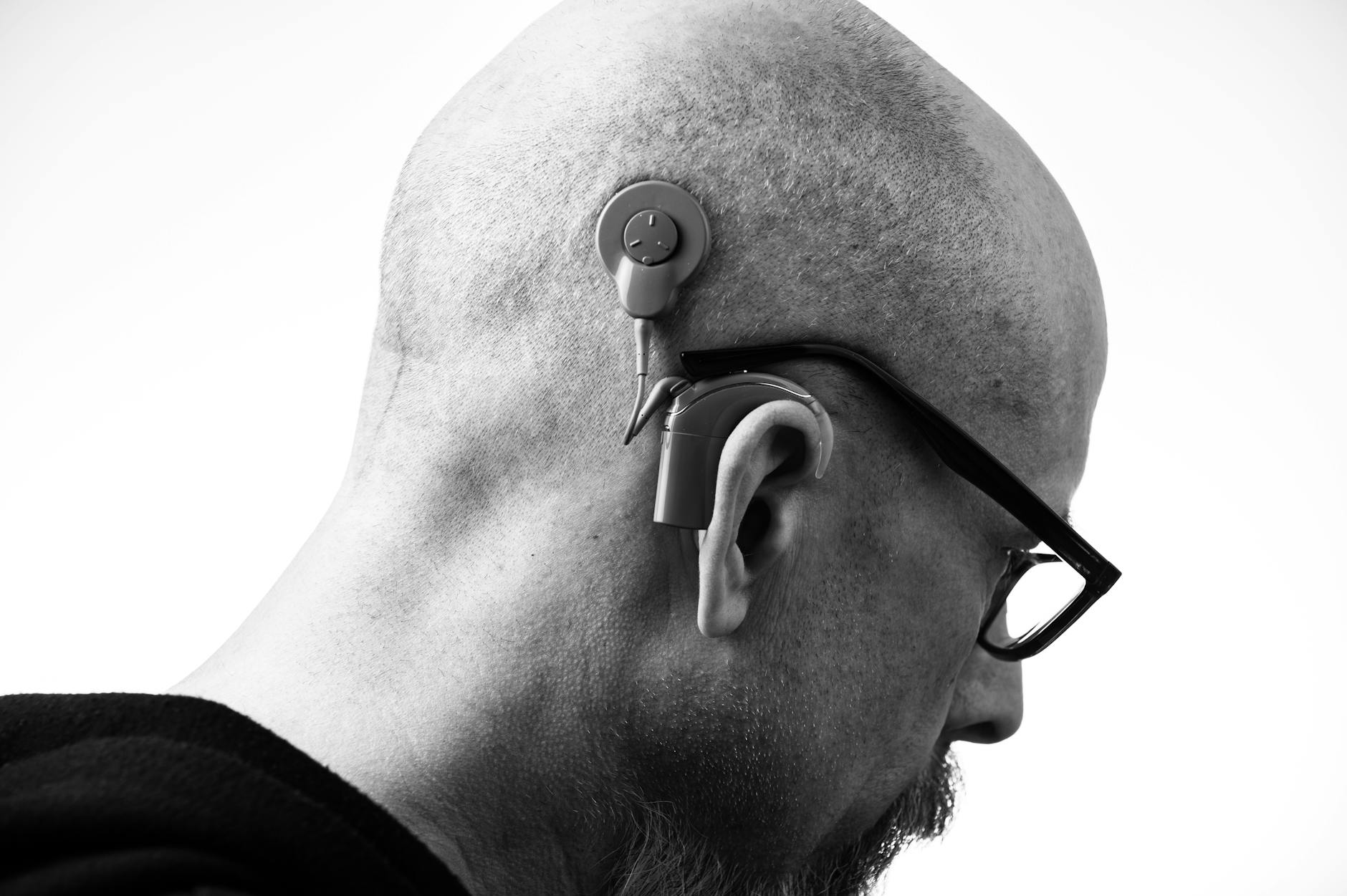Snippet: If noisy restaurants, car rides, or echoey meeting rooms blur people’s words, your smartphone can do more than text your frustrations—it can become a powerful remote microphone that beams cleaner speech straight to your ears. Here’s how to set it up, where it shines, and how to get pro-level results without buying a suitcase of gear.
Why Distance Wrecks Clarity (and How a Remote Mic Fixes It)
Your brain loves speech that’s close, clear, and louder than the background. Two things make that hard in real life:
- Distance. Sound drops fast as it travels. The farther a voice is, the more room noise wins.
- Noise and echo. Clattering plates, AC hum, and reverberation smear consonants—the tiny speech details your brain needs to understand words.
Remote microphones flip the script: put a mic near the talker, not near the noise. That boosts the signal-to-noise ratio (SNR)—the difference between speech and background sound—often by a large, meaningful margin. In research and clinic, well-placed remote mics can yield big improvements in speech understanding in noise compared with hearing aids alone. Even modest SNR gains can feel transformative in daily life.
Good news: you might already own a capable remote mic. It’s the phone in your pocket.
Your Remote Mic Options (from Free to Pro)
1) iPhone Live Listen (with MFi hearing aids or AirPods)
Apple’s Live Listen turns your iPhone into a directional mic. Place the phone near whoever is speaking; their voice streams to:
- MFi hearing aids. Many Made-for-iPhone (MFi) hearing aids stream directly from iPhone. Live Listen can be toggled in Control Center.
- AirPods/other Apple earbuds. In Transparency mode, Live Listen can lift a nearby voice while letting environmental sounds through. Conversation Boost (AirPods Pro) further focuses on the person in front of you.
Best for one-on-one chats in noise, small meetings, and dinner tables when you can place the phone close to the talker.
2) Android Sound Amplifier and Hearing Streaming
On Android, Sound Amplifier uses your phone (or a wired/built-in mic) to reduce some noise and emphasize speech, streaming audio to:
- ASHA-compatible hearing aids. Many Android phones support direct Bluetooth LE Audio or ASHA (Audio Streaming for Hearing Aids) with select hearing aids.
- Earbuds or headphones. Pair your earbuds and route Sound Amplifier output directly to them.
Implementation differs by phone and hearing aid model, but the concept—phone as mic, ears as receiver—remains the same.
3) Dedicated Remote Microphones for Hearing Aids
Hearing aid manufacturers offer clip-on or tabletop remote mics that stream straight to your hearing aids via proprietary links or Bluetooth. Advantages:
- Low latency and robust connections designed for speech.
- Optimized microphones (directional, beamforming) and sometimes multi-mic “table mode.”
- Simple controls and accessories like lanyards and windscreens.
These are the gold standard for the toughest environments, and an audiologist can help you pick and program the right one.
4) External Bluetooth Microphones and Dongles
If your hearing aids require a streamer dongle, you can pair that with certain external Bluetooth mics. It’s more pieces to manage but can work well when direct streaming isn’t available.
Set It Up Right: Quick, Clear Steps
iPhone + MFi hearing aids (Live Listen)
- Pair your hearing aids in iOS Settings > Accessibility > Hearing Devices.
- Open Control Center. Add “Hearing” if needed (Settings > Control Center).
- Tap the ear icon, select Live Listen, and place your iPhone 6–12 inches from the talker, screen down, mic end facing them.
- Ask them to speak at a comfortable level; you control volume from your hearing aids or phone.
iPhone + AirPods (Transparency + Conversation Boost)
- Connect AirPods and enable Transparency mode.
- In Control Center, long-press the volume slider, tap the ear icon, and toggle Conversation Boost if available.
- Activate Live Listen and set the iPhone near the talker.
Android + ASHA-compatible hearing aids
- Pair hearing aids in Bluetooth settings (and in the hearing aid app).
- Install/open Sound Amplifier (or your phone’s Hearing Accessibility feature).
- Route microphone input to your hearing aids and place the phone near the talker.
Placement makes or breaks it
- Distance: Closer to the mouth is better (6–12 inches). Don’t cover the mic.
- Surface: On a napkin or coaster reduces table thumps.
- Orientation: Mic facing the talker. On iPhone, the bottom edge houses the main mic.
- Multiple talkers: Pass the phone around, or use a tabletop multi-mic accessory.
- Wind: Clip inside a collar or use a windscreen outdoors.
Latency, Dropouts, and Echo: What’s Normal
Streaming audio isn’t magic; a few realities help set expectations:
- Latency (delay): Bluetooth chains can add 100–300 ms. Fine for conversation, but if you watch someone’s lips closely, it may feel slightly out of sync. Dedicated remote mics often have lower latency.
- Echo: If you hear both the live room and the streamed signal, it can sound echoey. Solution: reduce ambient gain in your hearing aid’s app or switch to a program that prioritizes the streaming input when using the remote mic.
- Dropouts: Wi‑Fi and Bluetooth traffic can interfere. Keep the phone line-of-sight to your hearing aids and minimize obstructions. In meetings, place the phone on the table rather than in a pocket behind a chair.
Where a Phone-Remote Mic Shines (and How to Use It)
Noisy restaurants
Put the phone near your dinner companion, not near the espresso machine. If you’re at a long table, move it toward whoever is speaking, or ask them to keep it for a bit while they’re telling a story.
In the car
Clip or place the phone near the passenger’s mouth. Road and wind noise dominate cars; a close mic is a game-changer. Keep things hands-free and safe—set it before you drive.
Meetings and classes
On a conference table, a single phone can help with one main talker. For multi-speaker meetings, consider a dedicated table mic that can switch focus or a pass-around strategy. If the room is echoey, reduce distance to each speaker as much as possible.
Outdoors and on walks
Wind noise is the enemy. Ask your partner to clip the phone to a lapel facing inward or shield it with clothing. Many dedicated remote mics include wind-reduction features that outperform phones here.
Safety, Privacy, and Etiquette
- Consent matters: Tell people you’re using your phone as a mic to hear them better. It’s not recording; it’s just streaming live audio to you.
- Battery planning: Streaming eats battery—yours and the phone’s. Start above 50%, carry a small power bank for long events.
- Clean and secure: Use a small stand, coaster, or grippy pad so the phone stays put and doesn’t pick up constant bumps.
When You Need More Than a Phone
A smartphone mic is a strong first step, but some situations call for dedicated assistive listening tech:
- Bigger rooms and multiple talkers: Table mics with beamforming or teacher-worn mics with classroom receivers (DM/FM systems) distribute clear sound to many listeners at once.
- Severe hearing loss or cochlear implants: Purpose-built remote mics that pair to your devices can provide the stronger, cleaner signal you need with more stable latency.
- Public venues: Look for systems like hearing loops (T-coil), existing assistive listening receivers, and—coming fast—Bluetooth LE Audio broadcast (Auracast) in airports, theaters, and houses of worship.
An audiologist can help you choose, set up, and verify remote mic accessories. They can also fine-tune hearing aid programs so streaming blends comfortably with environmental awareness and doesn’t feel echoey or too sharp.
How Much Improvement Can You Expect?
Every ear and room is different, but the pattern is consistent: moving the microphone close to the talker increases SNR, which usually improves understanding, reduces listening effort, and lowers fatigue. In many studies and clinical reports, remote microphones provide meaningful improvements in noisy conditions compared with hearing aids alone—often the difference between guessing and getting it. The closer and cleaner the mic placement, the bigger the payoff.
Quick Wins Checklist
- Add the Hearing control to your phone’s Control Center before you need it.
- Practice at home so you can toggle modes quickly in the wild.
- Place the phone 6–12 inches from the talker, screen down, mic facing them.
- Use a napkin or coaster to reduce table thumps; avoid sliding the phone.
- For groups, consider a dedicated remote mic with table mode.
- If you hear echo, reduce ambient mic gain or switch to a streaming-priority program.
- Charge everything before you go out—phone, hearing aids, earbuds, accessories.
A Gentle Nudge
If background noise or distance routinely derails conversations, don’t muscle through it. Try your phone as a remote mic this week. If it helps, talk with an audiologist about dedicated remote microphones, program tweaks, and verification. Small tech changes can translate into big quality-of-life wins.
Further Reading
- Auracast Is Coming: How Bluetooth LE Audio Will Transform Hearing in Public Places (Technology) - Sound Ergonomics for Remote Work: Hear Clearly, End the Post‑Zoom Exhaustion (Lifestyle) - OTC Hearing Aids, Done Right: Self‑Fit, Save, and Know When to Get Help (Hearing Aids) - Hearing at Work: Accommodations, Tech, and Tactics That Make Your Job Easier (Hearing Loss)Frequently Asked Questions
Does a phone-based remote microphone replace hearing aids?
No. Remote mics complement hearing aids and earbuds by improving the signal-to-noise ratio in tough situations. Hearing aids still provide the everyday amplification, clarity, and personalized settings your ears need. Think of the phone mic as a precision tool for noisy or distant speech, not a replacement.
How much clearer will speech be with a remote mic?
Results vary by room, distance, device, and hearing profile, but putting a microphone within a foot of the talker typically yields a meaningful boost in the speech-to-noise balance compared with relying on your ears or hearing aid microphones across the table. People often report easier understanding and less listening fatigue in restaurants, cars, and meetings.
Will it work with cochlear implants?
Many cochlear implant systems support manufacturer remote microphones or smartphone-based streaming. Phone-as-mic features may work depending on your processor and app compatibility. For best performance and reliable latency, ask your cochlear implant audiologist which remote mic options are designed for your specific device.
Do I need Wi‑Fi or cellular data for Live Listen or Sound Amplifier?
No. These features stream audio locally over Bluetooth to your hearing aids or earbuds. You don’t need internet access, though stable Bluetooth pairing and adequate battery are essential.


